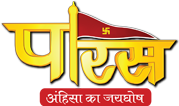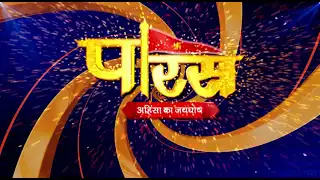




The non-theistic nature of Jainism is promoted, with no belief in a creator deity. It notes that karma guides an individual’s current existence and possible incarnations, and that higher beings have no control over them. The origin of Jain dharma Jiva (life force or spirit) is the name given to Jainism, which teaches that all living beings have an eternal soul that can be freed from worldly sufferings by self-discipline. This ancient religious practice began in the Northern part of India and spread to the rest of the country. Vardhamana, also known as Mahavira, is Jainism's 24th Tirthankara. Jains claim that their precepts have always existed, have been acknowledged by sages throughout history, and have finally been founded by Mahavira in its most recent form. The most crucial Jain mantra The ‘Namokar’ mantra, which is the most important mantra in Jain tradition, must be stated when discussing Jain aarti. It has nothing to do with any particular god or entity. The prayer is devoted to the gods’, teachers’, saints’, and individuals’ positive qualities, or guna. As the first prayer, every Jain learns this mantra. This mantra can be recited if one requires strength and trust. Attaining nirvana or moksha In Jain dharma or according to Jain philosophy, it is up to an individual to attain moksha, which is described as liberation or freedom from the continuous cycle of birth and death, by adhering to a strict spiritual and ethical code of conduct. This code is based on the five vows taken by Jains: Ahimsa, Satya, Asteya, Brahmacharya, and Aparigraha. Note Are you interested in exploring the profound Jain philosophy, the teachings of the Tirthankaras, and learning about Jain symbols? If yes, then you can go online and search for the books written by some of the best Jain scholars and teachers to give your exploration a great start. You can also attend pravachans of some of the most respected preachers of Jainism.